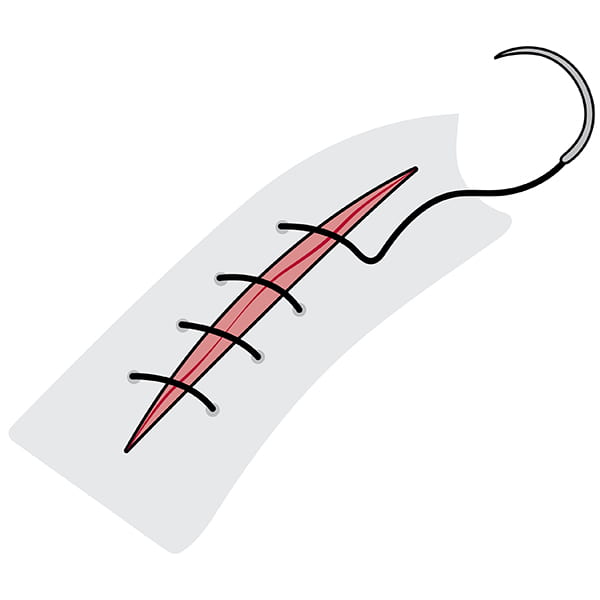
Plastic and reconstructive surgeons are experts in craniofacial, aesthetic, breast and general reconstructive, gender affirming, hand, limb preservation, lymphedema, nerve and pediatric plastic surgeries. The division is an international center for nerve injury and pioneer of peripheral nerve transfers. Faculty are leaders in basic, translational and clinical research, including clinical outcomes research and bench-to-bedside discoveries in nerve research and tissue engineering. Building on a legacy of training leaders and innovators, the division’s residency and fellowship programs offer comprehensive training, outstanding mentorship and exposure to advanced surgical technology.
Our Year In Numbers

3,894
operating room cases

35,166
visits

21
faculty

5,575
office procedures
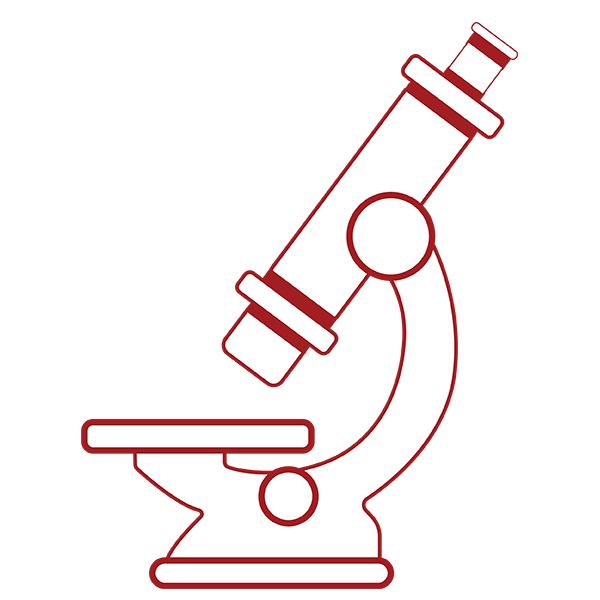
153
clinical research studies

$459,796
research funding
Division of Plastic and Reconstructive Surgery | 2022 Annual Report
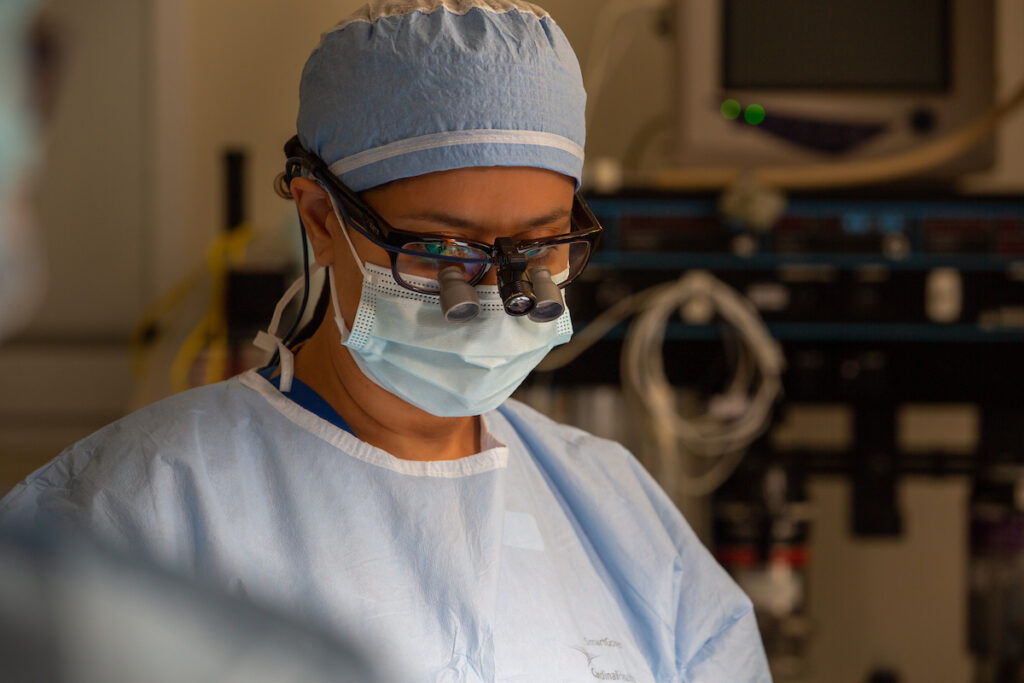
Plastic and reconstructive surgery, a specialty that encompasses complex head-to-toe procedures, grows and thrives on innovation. Since his arrival in 2020, Division Chief of Plastic and Reconstructive Surgery Justin Sacks, MD, MBA, has made innovation a focus within the division, bringing with this initiative a multitude of new programs, expertise and surgical techniques. Kelly Currie, MD, has introduced a new program of simulation training for residents in the division.
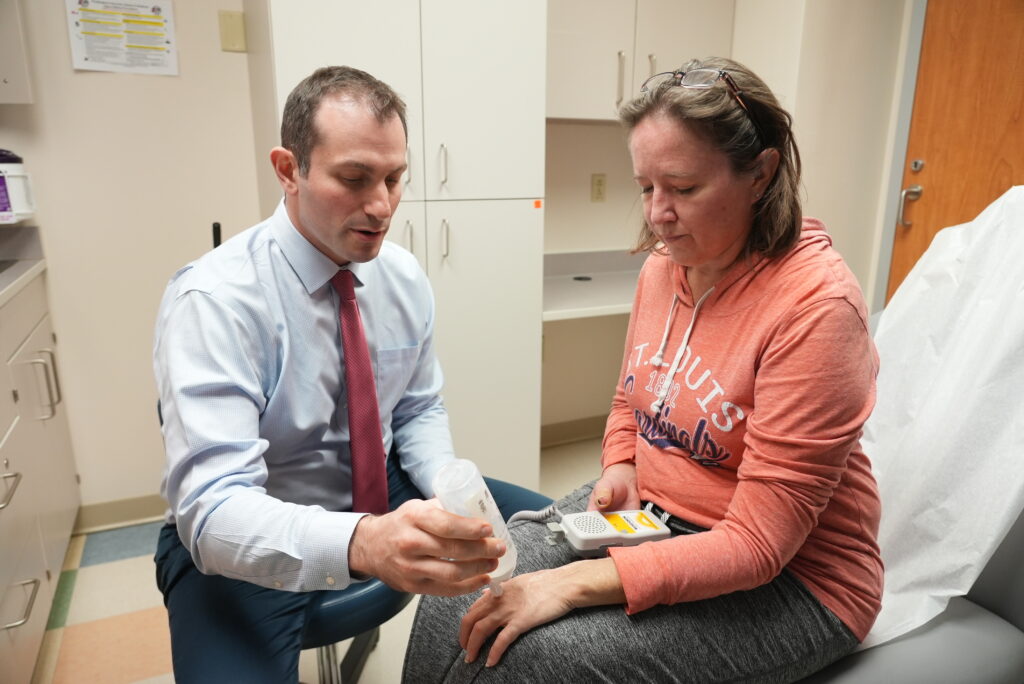
A New Direction in Hand Surgery
Hand surgery has long been an area of excellence within the Division of Plastic and Reconstructive Surgery. From pioneering nerve transfer techniques to restore function after peripheral nerve injuries, to offering innovative treatments for carpal tunnel syndrome and other hand conditions, the division continues to advance the field of hand surgery through dedicated clinical, research and education programs. Mitchell Pet, MD, was named director of the hand and upper extremity surgery program in 2022.
Highlights
CLINICAL
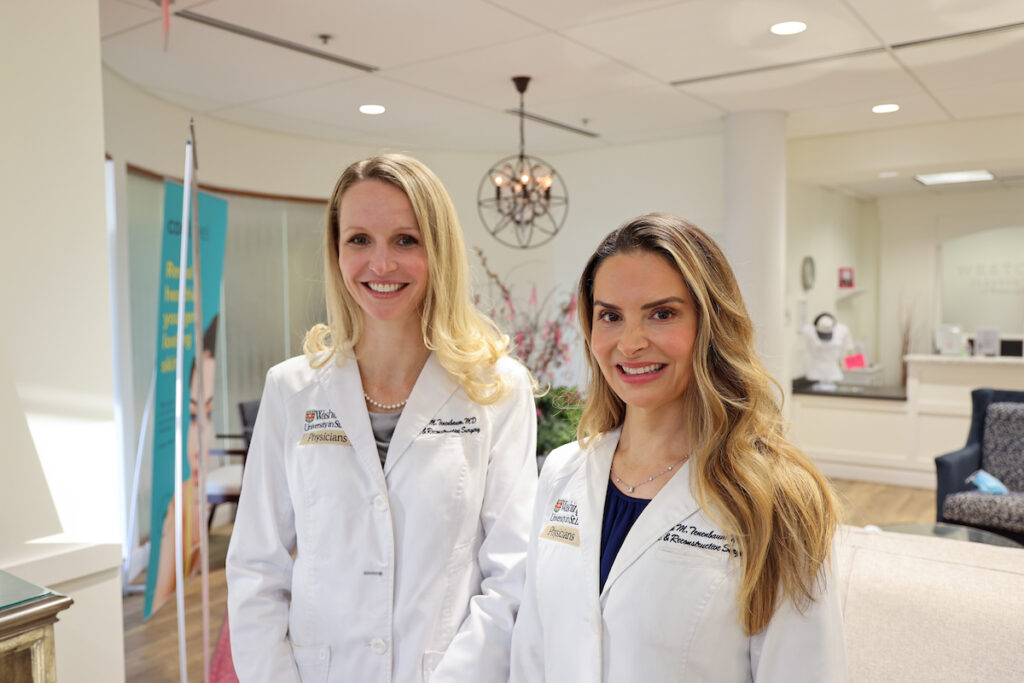
The Washington University Transgender Center offers multidisciplinary care programs and teams for transgender, non-binary and gender queer individuals in a comfortable, respectful environment. All transitioning and care is comprehensive and personalized, addressing the unique needs of each individual with a range of available services. Plastic and Reconstructive Surgery faculty Alison Snyder-Warwick, MD, Justin Sacks, MD, MBA, and Marissa Tenenbaum, MD, provide top surgery, while Snyder-Warwick provides the full spectrum of gender affirming bottom surgery.
RESEARCH
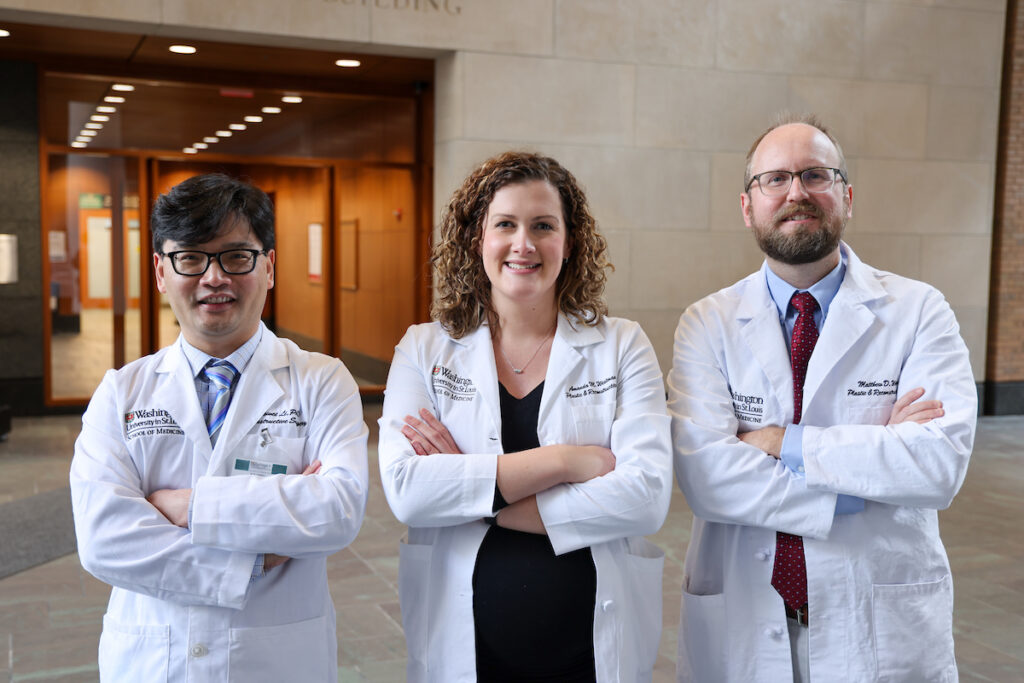
The Plastic and Reconstructive Surgery Research Laboratories–a consortium of research faculty from the division–has initiated a multitude of pioneering investigative programs. These programs include expert research in peripheral nerve surgery, tissue engineering, vascular reconstruction, lymphatic reconstruction, breast implant associated fibrosis and novel devices for use in plastic surgery procedures. Acquiring funding for preclinical research projects in the past academic year was highly successful for initiating and augmenting these new research programs. Funding was awarded to Mitchell Pet, MD, Xiaowei Li, PhD, Justin Sacks, MD, MBA, FACS, Alison Snyder-Warwick, MD, Amanda Westman, PhD, and Matt Wood, PhD, from multiple accredited organizations that support promising research in plastic and reconstructive surgery.
EDUCATION
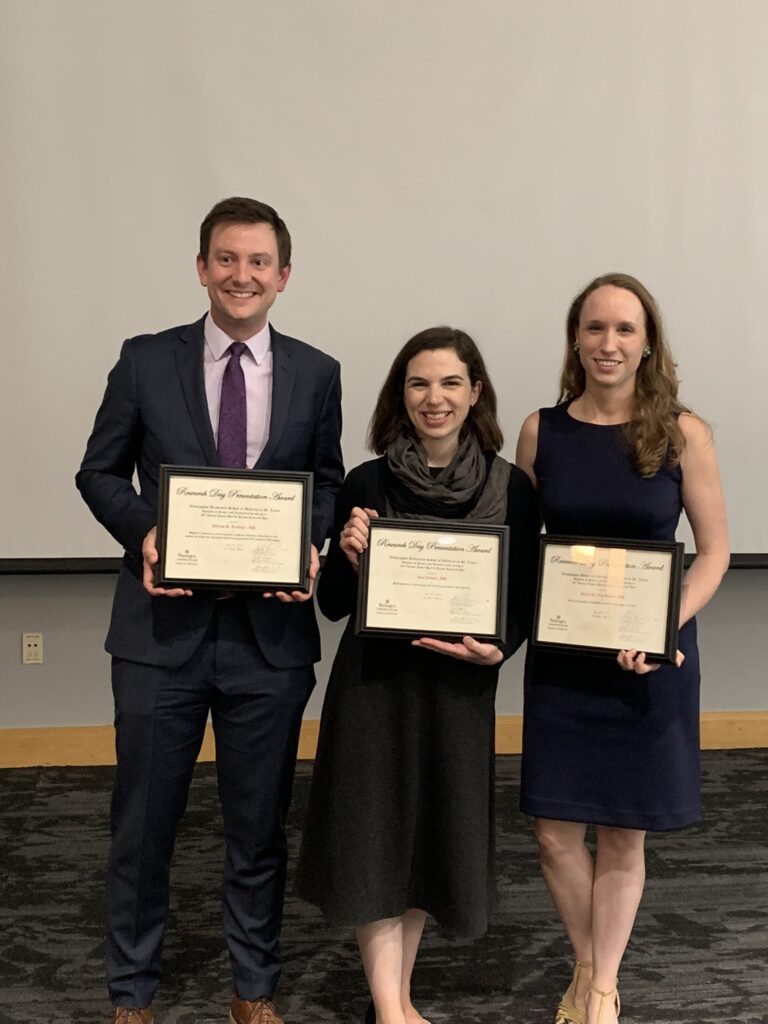
Trainees in the division benefit from exposure to innovative research programs across the specialty. At the 26th annual James Barrett Brown Visiting Professor and Research Day, trainees exhibited presentations from their research in the Plastic Surgery Research Laboratories. The event represented the breadth of basic science, translational, clinical, educational and innovations research in the division. Presentations from over 20 researchers highlighted the diverse interests of trainees and faculty at the medical school. Plastic surgery resident Ema Zubovic, MD, was awarded for her work developing a simulation tool for teaching alveolar bone grafting, while residents Andrew Linkugel, MD, and Amelia Van Handel, MD, received awards for their projects on magnetic resonance cranial imaging and geo-demographics of ballistic injuries.

The Innovation Effect
Plastic and reconstructive surgery, a specialty that encompasses complex head-to-toe procedures, grows and thrives on innovation. Since his arrival in 2020, Division Chief of Plastic and Reconstructive Surgery Justin Sacks, MD, MBA, has made innovation a focus within the division, bringing with this initiative a multitude of new programs, expertise and surgical techniques.
Kelly Currie, MD, has introduced a new program of simulation training for residents in the division. The training, which takes place at the Washington University Institute for Surgical Education (WISE) is used to teach and practice what is otherwise difficult, unsafe or expensive to do by other means. It provides a low stress environment where trainees can acquire and practice surgical skills without the risk of patient harm.
Monthly simulation sessions focus on microsurgical techniques, approaches to the craniofacial skeleton, flap dissection and fixation of hand fractures. In addition to technical skills and medical knowledge, simulated scenarios help residents learn and cultivate non-technical skills, such as obtaining informed consent. Currie has witnessed the positive outcomes of this training model firsthand. “Overall, there has been overwhelming positive feedback from the residents, fellows, and medical students,” she reports. “This is our inaugural year of the Washington University Plastic Surgery Simulation Lab. The goal is to develop a Plastic Surgery Simulation Center of Excellence with national and international recognition.”
Other advanced training techniques include the use of VR headsets in training and preoperative planning for microvascular breast surgeons, an initiative led by Rachel Anolik, MD, and Sacks. The division is pilot testing a new technology that uses virtual reality to create 3D versions of CT scans before procedures like DIEP flap surgery.
“We are able to color code different types of tissue in this 3D visualization,” says Anolik, who uses the technology to train residents and fellows in the preoperative setting. “This technology allows us to shade those things in different colors and make them semitransparent, so we can see the path of blood vessels through the muscle.”
Alongside training and planning initiatives, new technology plays a key role in patient care. Clinical trials of new devices, such as a pressure sore monitor invented by Sacks with clinical trials lead by Amanda Westman, PhD, and a tissue perfusion device developed by Mitchell Pet, MD, are technological innovations being implemented in the division. The division has hired a clinical trials manager, Kelly Koogler, to support these programs, providing critical infrastructure for continued innovation.

A New Direction in Hand Surgery
Hand surgery has long been an area of excellence within the Division of Plastic and Reconstructive Surgery. From pioneering nerve transfer techniques to restore function after peripheral nerve injuries, to offering innovative treatments for carpal tunnel syndrome and other hand conditions, the division continues to advance the field of hand surgery through dedicated clinical, research and education programs.
Mitchell Pet, MD, was named director of the hand and upper extremity surgery program in 2022. Pet earned his medical degree at Washington University, then completed plastic and reconstructive surgery residency training at University of Washington School of Medicine, and then a hand and microsurgery fellowship at The Curtis National Hand Center in Baltimore before joining the faculty at Washington University in 2018.
His clinical practice focuses on adult and pediatric hand and upper extremity surgery and microvascular reconstruction, and he offers care for all manner of hand and wrist complaints, including degenerative, traumatic, congenital and oncologic concerns. In particular, he enjoys the opportunity to perform complex and interdisciplinary reconstructive procedures and frequently collaborates with surgeons in other fields to solve challenging problems that cross boundaries between specialties.
“It is very rewarding when we can find a solution for a patient in a difficult situation,” says Pet, who also serves as associate director of the Hand Surgery Fellowship in the division. “I hope to continue to build the hand program at Washington University so we can meet the needs of more patients, innovate for the advancement of the field and train future leaders in our specialty.”
In addition to his clinical and education roles, Pet is a successful investigator with a focus on developing novel wireless biosensors for tissue perfusion assessment. This collaborative effort has generated external grant funding, industrial support, an active human clinical device trial and a pending US patent.
The division performs hand surgery at Barnes-Jewish Hospital as well as multiple sites across the BJC HealthCare system. Notably, Kelly Currie, MD, an assistant professor of surgery, has built a successful practice offering “wide awake local anesthesia no tourniquet,” or WALANT, hand surgery at Christian Hospital in north St. Louis County. Surgeons also work alongside colleagues in the Department of Orthopedics by taking call for emergency and traumatic hand injuries, which has led to a significant increase in clinical activity.
“With our growing hand practice, structured leadership for clinical, education, research and innovation is required,” says Chief of Plastic and Reconstructive Surgery Justin Sacks, MD, MBA. “It is one of the joys of academic medicine to see colleagues take on leadership roles in areas they truly enjoy and thrive in. Dr. Pet will work with our faculty, clinical operations team and partners in orthopedics to optimize the delivery of hand surgery at Washington University.